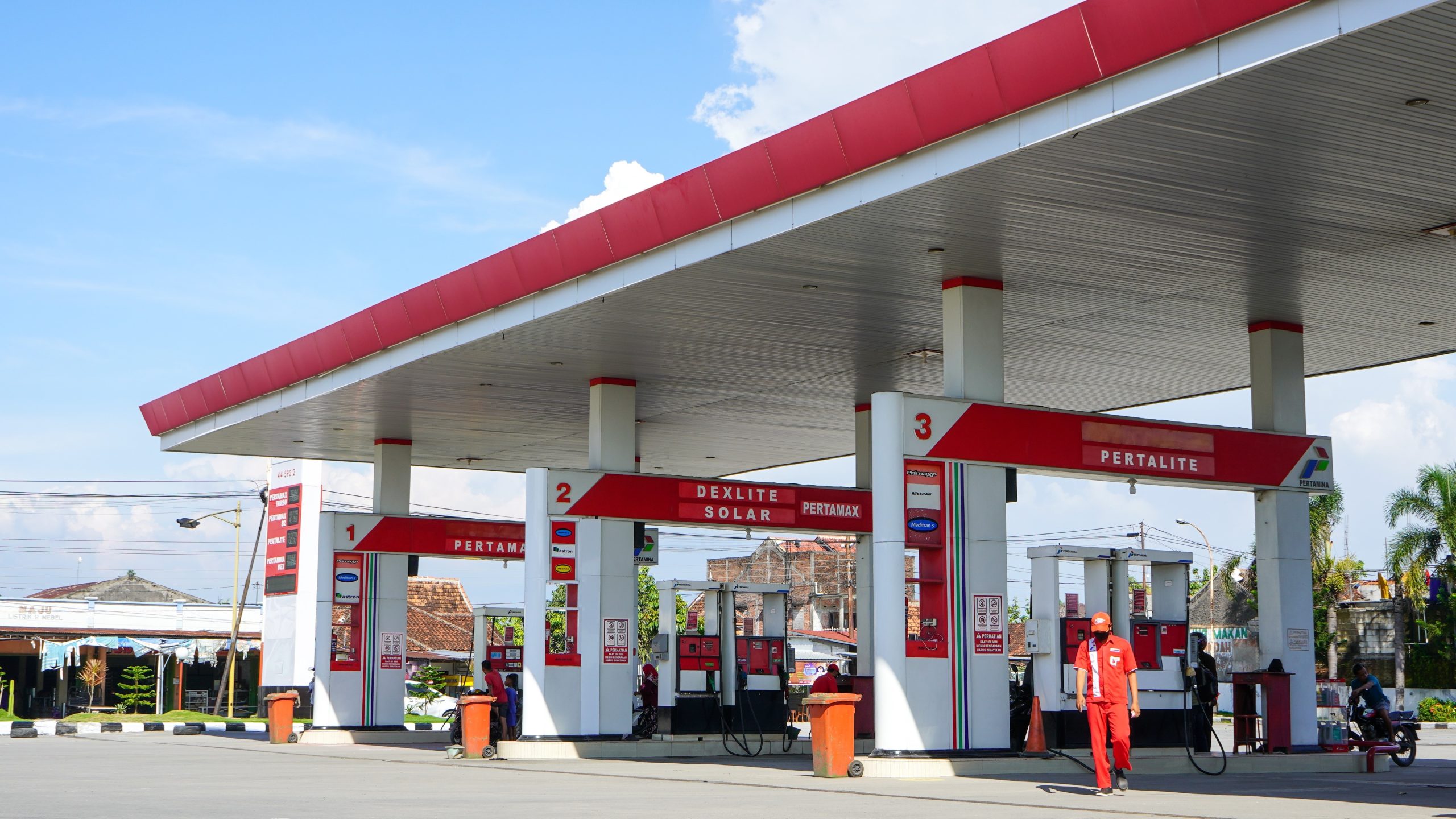This article was first published as an op-ed in The Business Times on June 20, 2022

As the war in Ukraine enters its fourth month, its impact continues to reverberate across the ASEAN+3 region (comprising 10 members of the Association of Southeast Asian Nations and China, Japan and Korea). Since the war began, the price of petrol in the region has increased by more than 25 percent—and with it, the price of transportation, food and other consumer products. Inflation across all ASEAN+3 economies were 1.2–2.7 times higher in March and April compared to the first two months of the year.
Russia and Ukraine are major global producers of key commodities. In 2021, Russia was the largest producer of natural gas, the second-largest exporter of crude oil and condensates, and the third-largest exporter of coal in the world. Ukraine and Russia are also among the world’s largest exporters of sunflower oil and wheat.
Unlike Europe and Africa, the ASEAN+3 region has limited trade and investment links with Russia and Ukraine. Imports from and exports to both countries account for less than 2 percent of the region’s total trade, while direct investment to and from both countries amount to less than 3 percent of total foreign direct investment of any ASEAN+3 economy.
Yet ASEAN+3 has not been spared from the economic fallout of the war. The war in Ukraine and sanctions on Russia have caused massive supply disruptions, sending global energy and food prices soaring to historic highs. Market expectations of supply shortages have fanned the flames, leading to price hikes in substitute products. For example, the price of palm oil reached record highs immediately after the war broke out as buyers rushed to secure replacements for sunflower oil in anticipation of shipment disruptions out of Ukraine.
In the ASEAN+3 region, cost-push pressure from higher energy and food prices has come head-to-head with demand-pull pressure unleashed by post-pandemic economic reopening in most economies. Private sector expenditure and labor market conditions across the region have improved in tandem with the easing of COVID restrictions, and the reopening of international borders is providing a further boost to aggregate demand.
Policy responses have sometimes made things worse. Some economies have introduced export restrictions to protect domestic supply and contain local price increases of essential goods. For example, Indonesia banned the export of palm oil in May and Malaysia banned the export of live chicken in June, further exacerbating food price pressures and supply challenges for importers in the region.
What should policymakers do in the face of these inflation pressures?
First, do no harm. Beggar-thy-neighbor protectionist policies such as export bans could spark a vicious cycle of counter measures and worsen national welfare in both exporting and importing economies. For the exporting country, an export ban would prevent producers from benefitting from higher global prices, resulting in losses to them. For importing countries, the reduction in supply due to the export ban would force them to seek alternative sources, typically at a higher price, reducing consumer welfare.
Fiscal policy measures can be (and have been) deployed to mitigate the impact of rising cost of living for households. Economies in the region have implemented various measures, such as increasing subsidies for businesses and consumers, reducing taxes or tariffs, and introducing price caps for essential goods. In general, blanket subsidies for essential goods like energy are costly, and their benefits tend to “leak out” to higher income households that do not need them as much. Where means-testing is not practically feasible, indirect methods could be used to target subsidies to the needy and to conserve fiscal resources. For example, Indonesia has kept the prices of Pertalite gasoline and Solar diesel which are widely used by lower-income homes and businesses constant but has allowed the price of high-octane Pertamax gasoline to rise.
For the region’s central banks, there are some hard decisions to make. For economies which are recovering from the pandemic, a key challenge lies in determining the extent in which inflation is cost-push or demand-pull. Aggressive monetary policy tightening to contain inflation by putting the brakes on aggregate demand could threaten a nascent economic recovery and lead to stagflation.
The war in Ukraine may not be resolved any time soon. ASEAN+3 economies will need to carefully calibrate their policy timing, policy mix, and policy coordination to face down the rising inflation threat triggered by this faraway war without jeopardizing their economic recovery from the long-running COVID-19 pandemic.
